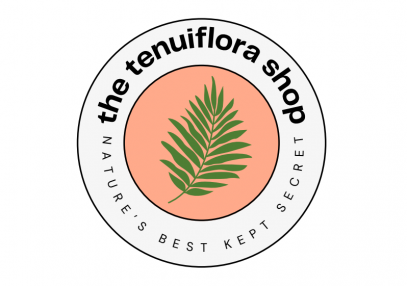Natural dyers have been chasing the perfect red for centuries. Whether you’re creating textile art, eco-friendly fashion, or artisan home goods, few colors are as emotionally powerful and technically challenging to achieve as red. Two natural dyes often rise to the top of this conversation: mimosa hostilis vs madder root for red dye.
Each of these botanicals offers a distinct beauty and set of advantages, but they produce very different results. If you’re unsure which to use for your next project — or how to combine them for magical layered effects — this guide is for you.

What Makes Red Such a Coveted (and Difficult) Color in Natural Dyeing?
Before diving into mimosa hostilis vs madder root for red dye, let’s talk about red as a pigment in general.
Historically, red has been:
- A symbol of wealth and royalty.
- Difficult to produce without fading.
- Prized for clothing, flags, art, and rituals across the globe.
Creating deep, true reds that resist fading is still a challenge. Natural dyers seek materials that are rich in color, hold up to sunlight, and produce predictable results. Enter: mimosa hostilis vs madder root for red dye.
Mimosa Hostilis for Red and Pink Hues
Mimosa hostilis root bark powder is a favorite for natural dyeing, but it doesn’t produce a classic fire-engine red. Instead, it gives:
- Soft blush pinks when mordanted with alum.
- Mauves and purples when adjusted with pH or iron.
- Rich earthy reddish browns if the bath is alkaline.
Strengths:
- Built-in tannins help bind color naturally.
- Softer tones are perfect for rustic or boho styles.
- Pairs well with eco-friendly and artisan product lines.
Limitations:
- Rarely achieves bold or bright red.
- Color can shift to brown if pH and heat are not carefully managed.
When comparing mimosa hostilis vs madder root for red dye, mimosa hostilis shines for subtlety, not for intensity.
Madder Root for True Reds
Madder root has been used for thousands of years to create vibrant reds and deep oranges. Its colors range from:
- Bright cherry reds
- Rich burgundy tones
- Deep wine shades when used with iron
Strengths:
- Produces more intense and true reds compared to mimosa hostilis.
- Historically proven colorfastness with proper mordanting.
- Easily layered with other dyes for sophisticated hues.
Limitations:
- Can be sensitive to water mineral content.
- Requires careful mordanting (usually alum) to achieve bright colors.
- Slightly less eco-friendly if not sourced responsibly.
In the conversation of mimosa hostilis vs madder root for red dye, madder root takes the win for creating vivid reds.
Which Should You Choose?
When deciding between mimosa hostilis vs madder root for red dye, ask yourself:
- Do I want bold reds (go for madder root)?
- Am I aiming for subtle pinks, purples, or earthy reds (mimosa hostilis is perfect)?
- Am I creating layered or multi-step dye projects (use both together)?
Mimosa hostilis offers softness and versatility. Madder root provides power and punch.
For eco-friendly, rustic aesthetics, mimosa hostilis is unbeatable. For vivid, attention-grabbing reds, madder root is your go-to.
Combining Mimosa Hostilis and Madder Root
Some artisans combine these two dyes for maximum effect:
- Base layer: Madder root for depth.
- Overdye or glaze: Mimosa hostilis for softening and creating dimension.
Combining them allows you to create custom reds that no single dye can achieve alone. The debate of mimosa hostilis vs madder root for red dye can become mimosa hostilis AND madder root for red dye in advanced techniques.
Where to Buy the Best Mimosa Hostilis for Natural Dyeing
Not all powders are created equal. To make the most of your mimosa hostilis, always choose premium, finely ground powder like what we offer at Tenuiflora Shop:
- Ethically harvested from Mexico and Brazil.
- Artisan-quality batches perfect for natural dyeing.
- Trusted by artisans worldwide.
External Resource for Botanical Exploration
Want to learn more about the history and properties of mimosa hostilis? Visit Kew Gardens Plant Profile for scientific insights.
Final Thoughts
Both mimosa hostilis vs madder root for red dye have earned their place in the artisan’s dye cabinet.
- Use mimosa hostilis for delicate pinks, earthy mauves, and eco-friendly projects.
- Use madder root for bold reds, deep burgundies, and historical accuracy.
- Use both for layering and creating custom colors no single dye can achieve alone.
In the end, there’s no “winner.” There’s only what works for your project, vision, and values. Natural dyeing is about exploration and creativity.
Ready to start your journey? Shop Mimosa Hostilis Root Bark Powder here and embrace plant-based color today.
Tagged: mimosa hostilis vs madder root for red dye, natural dyeing, artisan red dye, plant-based reds, botanical dyes, sustainable textile dyeing
